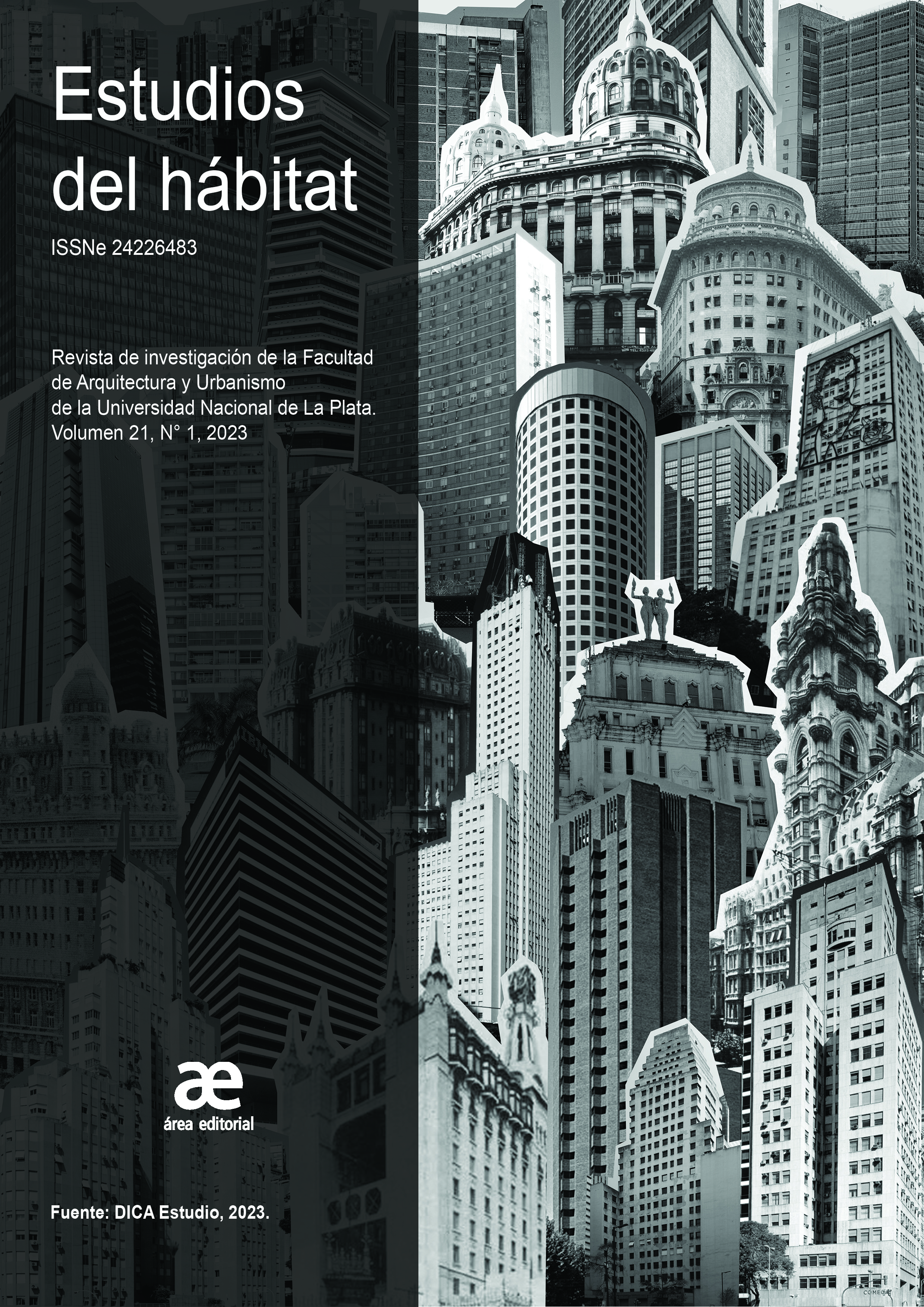Vol. 21 No. 1 (2023): High-rise construction in the Americas between the 19th and 20th centuries. Projects, images, visions and utopias

As the 19th century came to an end, a new architectural type—later known as skyscraper—emerged in the United States, particularly in Chicago and New York. The technical possibilities and cultural aspirations associated with this type rapidly gained a prominent place in the debates and professional practice of architects, urban planners, and engineers around the globe. The fascination with skyscrapers attracted a much wider audience, so that they soon became symbols of modern times. As such, skyscrapers were part of a global imaginary of utopian projects and fantasies, along with airplanes, elevators, reinforced concrete structures and elevated streets and railways. Both images and projects casted these visions of the future and were disseminated not only in professional circles but also in popular magazines, books, and movies. The ideal of the modern metropolis was then represented by the skyscraper, that materialized the “American dream”. In this context, Buenos Aires, Sao Paulo, Río de Janeiro, and Montevideo were the few cities outside the United States where skyscrapers were built during the first three decades of the 20th century. As part of a broader research project, this dossier intends to be a contribution to high-rise construction studies. The aim is to fill in areas of vacancy in fields ranging from the history of architecture and visual culture to the history of construction techniques. The selected articles focus on different aspects of this topic, covering the entire 20th century.








.jpg)

















